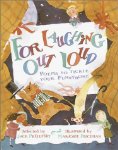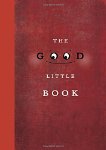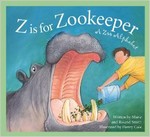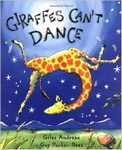I have been working very hard these last few days and am, therefore, rather stressed. I can feel it in my shoulders and know that I need to relax, but how? Last night my husband cracked one of his word pun jokes and made me laugh. It was almost as if someone had flipped a switch. I immediately felt less tight, and the feeling lasted. Clearly laughter really is good for you!
To help you bring laughter into your lives I bring you a book that was put together just so that you would laugh!
For Laughing Out Loud: Poems to tickle your funny bone
Illustrated by Marjorie Priceman
Poetry Picture Book
For ages 5 to 8
Random House, 1991, 978-0394821443
When he set about choosing poems for this collection,
poet Jack Prelutsky was interested in finding poems that would make his readers
“laugh out loud.” Actually, he wanted even more than that. He wanted his
readers to “crow for weeks” and “laugh until you cry.”
Now, this may
seem like a rather peculiar thing to want to do, but making people laugh is a
wonderful goal to have. Surely the world would be a better place if we all
smiled, giggled, and chuckled a little (or a lot) more.
Throughout the book
poems of all kinds offer readers amusing anecdotes, stories, and descriptions
to enjoy. There are limericks galore, and poems that parody other poems. There
are long poems and short ones. There are poems by famous poets such as Michael
Rosen, Jane Yolen, and Ogden Nash. There are poems that Jack Prelutsky himself
wrote.
The topics that
the poems explore are varied, and often they are quite ridiculous, which is
exactly what you would expect in a collection of this kind. We read about a man
who collects pancakes and whose whole house is decorated with examples of his
edible collection. What is nice about this man is that he is a generous
collector who is quite willing to let visitors take some of his pancakes home
with them; so long as they “say nice things about them.”
The pancake
collector is only one of many odd characters who appear on the pages. There is
Hughbert who glued himself to the floor, and Chester who, when his sweater
unravels, disappears altogether. Beanbag Jim is so loose and limber that he
appears to be quite boneless.
Readers will
also find a recipe for rhinoceros stew, and will learn how to make a snowflake soufflé.
They will hear from a dodo who is terrible sick, and they will even find a poem
that consists of a list of rules, one of which is, “Do not bathe in chocolate
pudding.”
This is the kind
of book a reader can dip into at will. There will always be something that will
appeal, no matter what kind of mood the reader is in; and there is always something
that will, at the very least, make the reader grin.
































